Breaking In New 2-Cycle Engines: Myths, Facts, and Insider Secrets
- February 28, 2024
- 0 comment
Breaking in a new 2-cycle engine for tools like chainsaws, trimmers, and blowers (from brands like Stihl, Echo, Husqvarna, etc.) is surrounded by myths and misinformation. Many believe it requires a complex process, but the reality is far simpler, especially with modern machines. Let’s delve into the myths, facts, and some insider secrets to help you get the best performance from your new equipment.
The Myth of Breaking In
The notion that new 2-cycle engines require a lengthy and complicated break-in process is, in many ways, outdated. This idea stems from older machinery, which had different manufacturing and testing standards compared to today’s models.
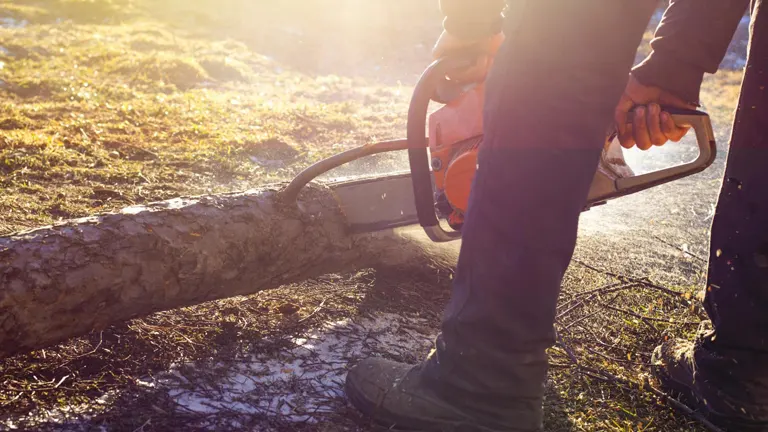
Modern engines are subjected to stringent emissions testing mandated by the Environmental Protection Agency (EPA), ensuring each unit is run and tested for emissions before it even leaves the factory. This process includes running the engines at various levels, from idle to full throttle, debunking the myth that your new chainsaw or blower hasn’t been run before you buy it.
The Reality of Modern 2-Cycles
A revealing moment comes when removing the spark plug from a brand new unit only to find it dirty. This is clear evidence that the engine has indeed been run, and tested across a range of operations to meet emissions standards.

What does this mean for the end-user? For most 2-cycle tools like trimmers and blowers, you can essentially start them and use them at full capacity right out of the box. Chainsaws, however, because of their high RPMs, still require a bit of caution.
Breaking In Chainsaws: The Conflicting Advice
Different manufacturers offer varying advice on breaking in their chainsaws. Stihl suggests avoiding high revs off-load for the first three tank fillings, whereas Husqvarna recommends a break-in of six to ten tanks, avoiding prolonged high RPMs. Echo advises a minimum operation of two tanks of fuel before any carburetor adjustments.
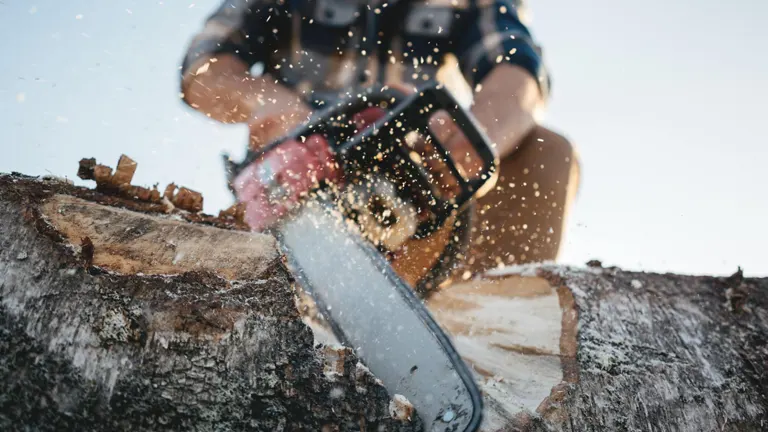
Despite these differences, the underlying principle is consistent: avoid running the chainsaw at maximum RPMs for extended periods during the initial use phase. This advice aligns with general best practices for chainsaw use, where running at full throttle without a load is generally discouraged to prevent damage to the piston cylinder.
The Insider Secret: Carburetor Adjustments
An often-overlooked aspect of the break-in period is the carburetor adjustment. Echo, for example, allows for adjustments after the break-in period within the first 30 days. This timeframe, however, may not be practical for non-commercial users, who might not use their equipment as frequently. The adjustment period is crucial because, during emissions testing, the carburetor is not set for peak performance but will reach optimal settings over time as the engine “breaks in.”
Practical Tips for New Owners
- Run Your Equipment Often: Early and frequent use can help identify any performance issues within the warranty period for adjustments.
- Understand the Warranty: Know the timeframe for free carburetor adjustments and advocate for yourself if necessary.
- Chainsaw Specifics: New chainsaws require a bit of care before their first use. Make sure to run them at half throttle until you see oil lubricating the chain to avoid damage. Also, brand new chains need to be checked and possibly retightened after the first few cuts, as they tend to loosen.
Comparative Analysis: Old vs. New Machinery
The evolution of 2-cycle machinery, driven by technological advancements and stricter emission regulations, has significantly changed the landscape of outdoor power equipment.
- Technology Advancements: Modern engines are equipped with better fuel efficiency systems and electronic ignition systems that provide reliable starts and consistent power compared to older models. These improvements enhance user experience and performance while reducing environmental impact.
- Emission Regulations Impact: The introduction of stringent emission standards by bodies like the EPA has compelled manufacturers to innovate. Modern engines now come with better emission control technologies, including catalytic converters and advanced carburetion systems, significantly reducing harmful exhaust emissions.
- Performance Differences: Newer models are not only more environmentally friendly but also tend to be more powerful and efficient, thanks to improvements in engine design and materials. They offer a better power-to-weight ratio, making them easier to use over extended periods.
Warming Up Your Equipment
While trimmers and blowers are good to go from the start, chainsaws, especially in cold conditions, benefit from a brief warm-up. Contrary to some advice, you don’t need to let it idle for extended periods; just a few seconds at high idle speed should suffice to reach operating temperature.
Maintenance Tips Beyond Break-In
Once your new 2-cycle engine equipment has successfully passed its break-in period, maintaining its performance and ensuring its longevity becomes the next priority. Here are some essential maintenance tips to keep your machinery in top condition:
- Regular Cleaning: Keep the air filter clean and check it regularly, especially if you’re working in dusty conditions. A clean air filter ensures efficient engine operation.
- Spark Plug Maintenance: Inspect the spark plug periodically for signs of wear or damage and replace it as needed. A well-functioning spark plug is crucial for optimal performance.
- Fuel Mixture: Always use the recommended fuel-to-oil ratio for your equipment. Using the wrong mixture can lead to engine damage or reduced performance.
- Storage: When not in use, especially for extended periods, store your equipment properly. Drain the fuel, clean the exterior, and keep it in a dry, cool place to prevent rust and corrosion.
- Regular Check-ups: Schedule regular check-ups with a professional, especially before the start of a new season, to ensure everything is in working order.
Conclusion
The break-in process for new 2-cycle engines is not as daunting as some might think. With modern manufacturing and testing processes, especially for emissions, much of the “breaking in” is already done before you purchase the equipment. Still, following manufacturer guidelines, particularly for chainsaws, ensures longevity and peak performance. Remember, the most important insider secret is understanding the need for potential carburetor adjustments after the break-in period, ensuring your equipment runs at its best.
FAQs
- Why is the spark plug dirty in my brand new chainsaw?
Contrary to what you might expect, finding a dirty spark plug in a new chainsaw is normal and indicates the engine has been pre-run to meet strict emissions standards. Every unit is tested across various operations, from idle to full throttle, ensuring compliance before it reaches you. - Can I immediately use my new trimmer or blower at full capacity?
Yes, most modern 2-cycle equipment, except chainsaws, are designed to be used at full capacity straight out of the box. The pre-testing done by manufacturers ensures they are ready for immediate use. - What’s the truth about the break-in period for chainsaws?
While there’s a common belief that new chainsaws require a lengthy break-in process, the key is to avoid running them at maximum RPMs for extended periods initially. This advice is consistent across brands, aiming to protect the engine during its early use. - Is carburetor adjustment necessary after the break-in period?
Yes, it might be. Some manufacturers, like Echo, recommend a carburetor adjustment after the initial break-in period to ensure optimal performance, as the engine’s characteristics can change after initial use. It’s worth checking the warranty and service options regarding this adjustment. - How long should I warm up my chainsaw in cold weather before use?
A lengthy warm-up period is unnecessary. Running the chainsaw at high idle speed for just 20-30 seconds is sufficient to reach operating temperature, even in cold conditions. This prepares the chainsaw for use without wasting time or fuel. - Do I need to break in a brand new chain on my chainsaw?
Yes, when you install a new chain, it’s advisable to make a few cuts and then check the chain tension. New chains often stretch slightly when first used, and adjusting the tension after the initial cuts can prevent slippage or damage. - What should I do if my new equipment doesn’t perform as expected?
Utilize the early days of ownership to test your equipment thoroughly, especially within the carburetor adjustment warranty period. If performance issues arise, consult your dealer for adjustments or servicing, as early intervention can prevent larger problems down the line. - Why do manufacturers have different break-in recommendations?
Different brands may have slightly varied break-in procedures due to the unique designs and specifications of their engines. However, the underlying principle of avoiding prolonged high RPMs without load is common, aiming to ensure the longevity and optimal performance of the engine. - How do I ensure my 2-cycle engine remains in top condition after the break-in period?
Regular maintenance, including checking the spark plug, air filter, and fuel mixture, along with adhering to the manufacturer’s servicing schedule, will keep your engine running smoothly. Also, be mindful of the need for potential carburetor adjustments for peak performance. - Can I trust that my dealer will provide free carburetor adjustments if needed after the break-in period?
Policies vary, so it’s crucial to discuss this with your dealer at the time of purchase. While some dealers, like the one mentioned, offer adjustments beyond the standard warranty period, it’s not a universal practice. Knowing your rights and the dealer’s policies can save you time and money.
We hope this guide has illuminated some of the myths and provided you with the insights you need to confidently break in your new 2-cycle engines. Remember, every piece of machinery has its own personality and needs, and by following our tips, you’re setting yourself up for a long and productive relationship with your equipment.
Do you have a story or a tip about your experiences with 2-cycle engines? We’d love to hear it! Share your thoughts and comments below to keep the conversation going. Your insights not only enrich our community but also help others navigate their own 2-cycle adventures more effectively.
Happy cutting, trimming, and blowing!

David Murray
Forestry AuthorI'm David Murry, a forestry equipment specialist with a focus on chainsaw operation. With over 13 years of experience, I've honed my skills in operating and maintaining a wide range of machinery, from chainsaws to log splitters. My passion for the outdoors and commitment to sustainable forestry drive my work, which emphasizes safety, efficiency, and staying updated with industry advancements. Additionally, I'm dedicated to sharing my expertise and promoting environmental awareness within the forestry community.


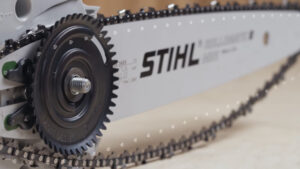
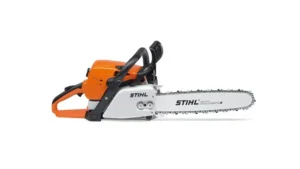
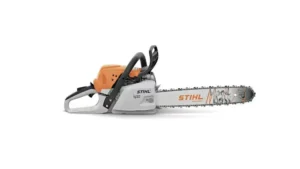
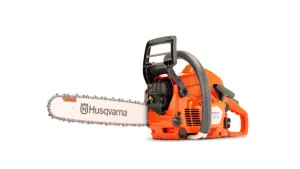
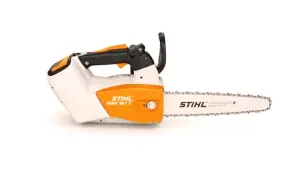
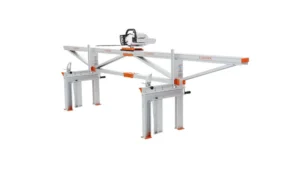
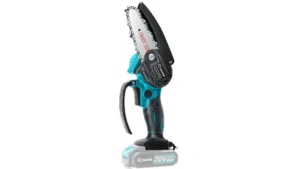
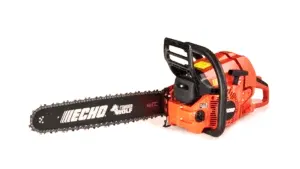
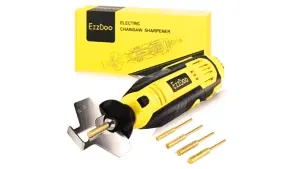

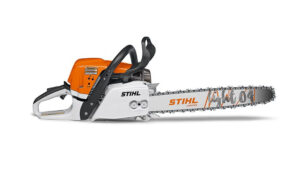
Leave your comment